Document Author
Year Published
- 2015 (11) Apply 2015 filter
- 2016 (5) Apply 2016 filter
- 2013 (4) Apply 2013 filter
- 2021 (3) Apply 2021 filter
- 2008 (2) Apply 2008 filter
- 2011 (2) Apply 2011 filter
- 2017 (2) Apply 2017 filter
- 2019 (2) Apply 2019 filter
- 1995 (1) Apply 1995 filter
- 2005 (1) Apply 2005 filter
- 2007 (1) Apply 2007 filter
- 2010 (1) Apply 2010 filter
- 2012 (1) Apply 2012 filter
- 2018 (1) Apply 2018 filter
Topic
- (-) Remove Best Practices for Self-Help Centers filter Best Practices for Self-Help Centers
- Self-Help Centers (35) Apply Self-Help Centers filter
- Trial Court Self-Help (35) Apply Trial Court Self-Help filter
- 100% Access to Justice (24) Apply 100% Access to Justice filter
- Reports, Evaluations, Best Practices, Surveys (18) Apply Reports, Evaluations, Best Practices, Surveys filter
- Research (18) Apply Research filter
- Strategic Planning (12) Apply Strategic Planning filter
- Linking a Self-Help Center to Other Services (10) Apply Linking a Self-Help Center to Other Services filter
- Courts (9) Apply Courts filter
- Simplification (9) Apply Simplification filter
- Managing a Self-Help Center (8) Apply Managing a Self-Help Center filter
- Reports (8) Apply Reports filter
- Starting a Self-Help Center (8) Apply Starting a Self-Help Center filter
- Technology (7) Apply Technology filter
- Articles & SRLN Briefs (6) Apply Articles & SRLN Briefs filter
- Best Practices (6) Apply Best Practices filter
- Justice Tech Entrepreneurs (6) Apply Justice Tech Entrepreneurs filter
- Evaluating a Self-Help Center (5) Apply Evaluating a Self-Help Center filter
- Forms (5) Apply Forms filter
- Plain Language & LEP (5) Apply Plain Language & LEP filter
- Scaling in Court Systems (5) Apply Scaling in Court Systems filter
- Surveys (5) Apply Surveys filter
- Triage (5) Apply Triage filter
- Forms (4) Apply Forms filter
- Plain Language (4) Apply Plain Language filter
- Allied Professionals (3) Apply Allied Professionals filter
- Libraries (3) Apply Libraries filter
- Triage & Service Portal (3) Apply Triage & Service Portal filter
- Working Groups (3) Apply Working Groups filter
- ATJ Commissions (2) Apply ATJ Commissions filter
- Automated Forms & E-Filing (2) Apply Automated Forms & E-Filing filter
- Consumer Adoption (2) Apply Consumer Adoption filter
- Ethics Education (2) Apply Ethics Education filter
- Evaluation (2) Apply Evaluation filter
- Human Centered Design (2) Apply Human Centered Design filter
- Integration with Institutional Process (2) Apply Integration with Institutional Process filter
- Judicial Ethics (2) Apply Judicial Ethics filter
- LEP and Access (2) Apply LEP and Access filter
- Tools for Evaluating Self-Help Programs and Services (2) Apply Tools for Evaluating Self-Help Programs and Services filter
- Academic Libraries (1) Apply Academic Libraries filter
- Administrative Agencies (1) Apply Administrative Agencies filter
- Clerk, Self-Help Center Staff, and Librarian Ethics (1) Apply Clerk, Self-Help Center Staff, and Librarian Ethics filter
- Impact of Self-Represented Litigant Innovations on Cost and Efficiency (1) Apply Impact of Self-Represented Litigant Innovations on Cost and Efficiency filter
- Judges (1) Apply Judges filter
- Law Libraries (1) Apply Law Libraries filter
- Law Schools (1) Apply Law Schools filter
- Legal Aid (1) Apply Legal Aid filter
- Map Gallery (1) Apply Map Gallery filter
- Public Libraries (1) Apply Public Libraries filter
- Unbundling (1) Apply Unbundling filter
State
- California (7) Apply California filter
- New York (5) Apply New York filter
- Maryland (3) Apply Maryland filter
- Pennsylvania (2) Apply Pennsylvania filter
- Alaska (1) Apply Alaska filter
- Idaho (1) Apply Idaho filter
- Illinois (1) Apply Illinois filter
- Massachusetts (1) Apply Massachusetts filter
- Michigan (1) Apply Michigan filter
- Minnesota (1) Apply Minnesota filter
- Missouri (1) Apply Missouri filter
- Montana (1) Apply Montana filter
- Utah (1) Apply Utah filter
Region
Tags
Post date
Search results
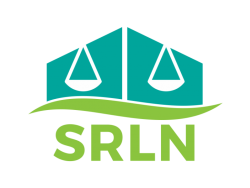
Survey: SRLN Tiers of Service Survey Tool (SRLN 2015)
The SRLN Tiers Survey was developed for states to conduct a quick tiered inventory of their court based self-help services. Tier 1 services are asynchronous (one-way), Tier 2 services are synchronous (two-way), and Tier 3 services integrate multiple provi ...
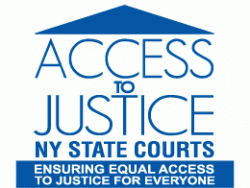
Best Practices: Document Assembly Programs Best Practices Guide for Court System Development and Implementation Using A2J Author (New York 2017)
Beginning in 2005, the New York State courts began developing Document Assembly Programs for use in its Help Centers using A2J Author for the front-end, HotDocs software for the back-end, and LawHelp Interactive server to host the programs. By 2009, this ...
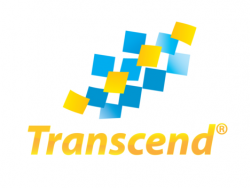
Report: A Comparative Readability Study of Plain Language Court Forms (Mindlin 2012)
This article presents the results from the first quantitative readability study of plain language court forms in the United States. Sixty citizens on a jury panel were selected to respond to brief questionnaires that tested relative comprehension of plain ...
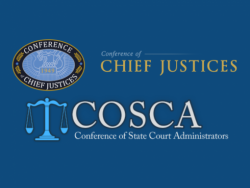
Resolution: In Support of Continuing Efforts to Meet Civil Legal Needs (CCJ/COSCA 2021)
In February of 2021, the Conference of Chief Justices and the Conference of State Court Administrators adopted Resolution 2 In Support of Continuing Efforts to Meet Civil Legal Needs. After extensive findings setting out the need, especially during the CO ...
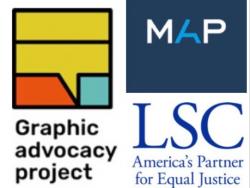
Report: Better_______: Strategies for User-Informed Legal Design (Michigan Advocacy Program and Graphic Advocacy Project 2021)
In 2019, the Michigan Advocacy Program (MAP) received a Technology Initiative Grant (TIG) from the Legal Services Corporation (LSC) to bring UX design and usability testing training to the justice community. After having struggled with these topics in the ...
Article: The Access To Justice “Sorting Hat” Towards A System Of Triage And Intake That Maximizes Access And Outcomes (Zorza 2012)
In this seminal article, Richard Zorza discusses the fact that we know little of the processes by which the millions of people who approach courts, legal aid intake systems, and hotlines are directed into them, or the access services they do or do not rec ...
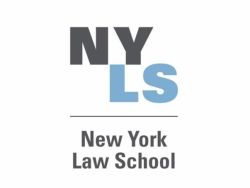
Article: Insuring Civil Justice for All: Meeting the Challenges of Poverty (Fisher 2015)
There are 45.3 million persons living in poverty in the United States. 2 Poverty creates numerous challenges for individuals. Lack of affordable and livable housing, adequate healthcare, and sufficient food, and the inability to access and complete a qual ...
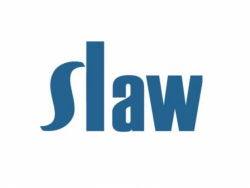
Article: Triage- A Vital Tool to Increase Access to Justice (Boyle 2013)
In this article in Slaw, Canada's on-line legal magazine, Kari Boyle reviews some of the triage activity in Canadian Civil Justice Reform. About the author: Kari D. Boyle is the Executive Director of the Vancouver-based Mediate BC Society, which off ...
Article: Some First Thoughts On Court Simplification: The Key To Civil Access And Justice Transformation (Zorza 2013)
From the Abstract: Given the discrepancy between access to justice needs and the resources that are realistically made available, current incremental approaches are almost bound to fail. The only realistic path to providing 100% of litigants with meaningf ...
Article: No Legal Advice from Court Personnel- What Does that Mean (Greacen 1995)
This is the seminal article that explores the underlying rationale that resulted in the blanket prohibition of clerk's not being able to provide information to the public for fear that it would be advice. In the article, Greacen suggests the framewor ...